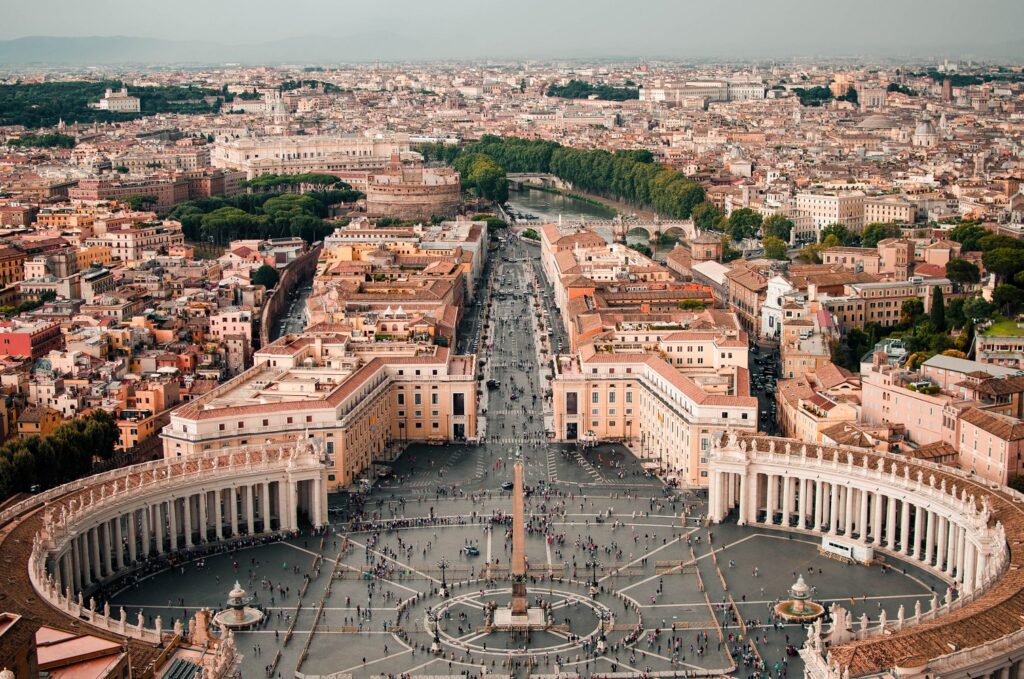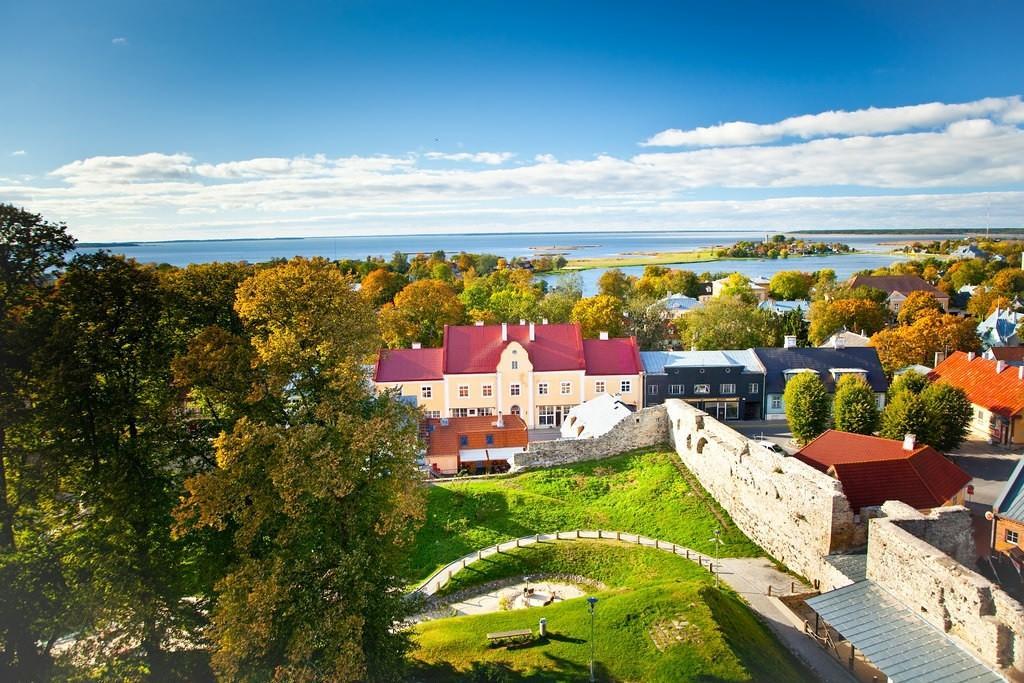Based on the coronavirus infection rate, starting from Monday, 14 September, people arriving in Estonia from 29 European countries will have to self-isolate for two weeks.
These countries are: Andorra, Austria, Belgium, Bulgaria, Croatia, the Czech Republic, Denmark, France, Germany, Greece, Hungary, Iceland, Ireland, Italy, Luxembourg, Malta, Monaco, the Netherlands, Norway, Poland, Portugal, Romania, San Marino, Slovakia, Slovenia, Spain, Sweden, Switzerland and the United Kingdom.
The self-isolation requirement does on apply to people arriving in Estonia from Cyprus, Finland, Latvia, Liechtenstein, Lithuania and the Vatican.
The difference between the week of 14 September and the one before is, people arriving from Norway now will need to self-isolate, and people arriving from Liechtenstein will not.
The Vatican is excluded for no practical reasons
An issue with these lists that’s been confusing is that how can people arriving from the Vatican not be subjected to the self-isolation when people arriving from Italy are – considering there are no direct flights between the Vatican and Estonia, unless someone flies a jetpack straight from St Peter’s Square.
Estonian World asked the foreign ministry to clarify, to which it responded that if people arriving from the Vatican could fly directly to Estonia, they wouldn’t need to self-isolate – however, the self-isolation requirement also takes into the account the countries the people arriving in Estonia passed through.
Hence, in reality, people arriving in Estonia from the Vatican will have to self-isolate for two weeks because the only way they could travel to Estonia is through Italy. Why the Vatican is excluded from the self-isolation requirement list – apart from it being a separate jurisdiction – remains a mystery.

On 7 August, the Council of the European Union reviewed the list of third countries included in its recommendation on the gradual lifting of the temporary restrictions on non-essential travel into the EU, and according to the list, it is possible to travel to Estonia from Australia, Canada, Georgia, Japan, New Zealand, Rwanda, South Korea, Thailand, Tunisia and Uruguay.
People arriving from Canada and Tunisia will have to self-isolate
Starting from Monday, 14 September, a two-week self-isolation requirement applies to passengers arriving from Canada and Tunisia. Anyone arriving in Estonia from any of the remaining countries on the list is not obligated to self-isolate.
From 1 September, people arriving in Estonia from high-risk countries can shorten the mandatory self-isolation and return to work by testing for the novel coronavirus at the airport and seaport.
Due to the spread of the coronavirus, the Estonian foreign ministry advises against any non-essential international travel.
The foreign ministry points out that countries can change their conditions for entry and stay at short notice. “We recommend contacting the representation or the relevant authorities of your destination country for more detailed information about the conditions that apply there,” the ministry added.
Cover: Estonian town of Haapsalu in September. Photo by Haapsalu town government.

